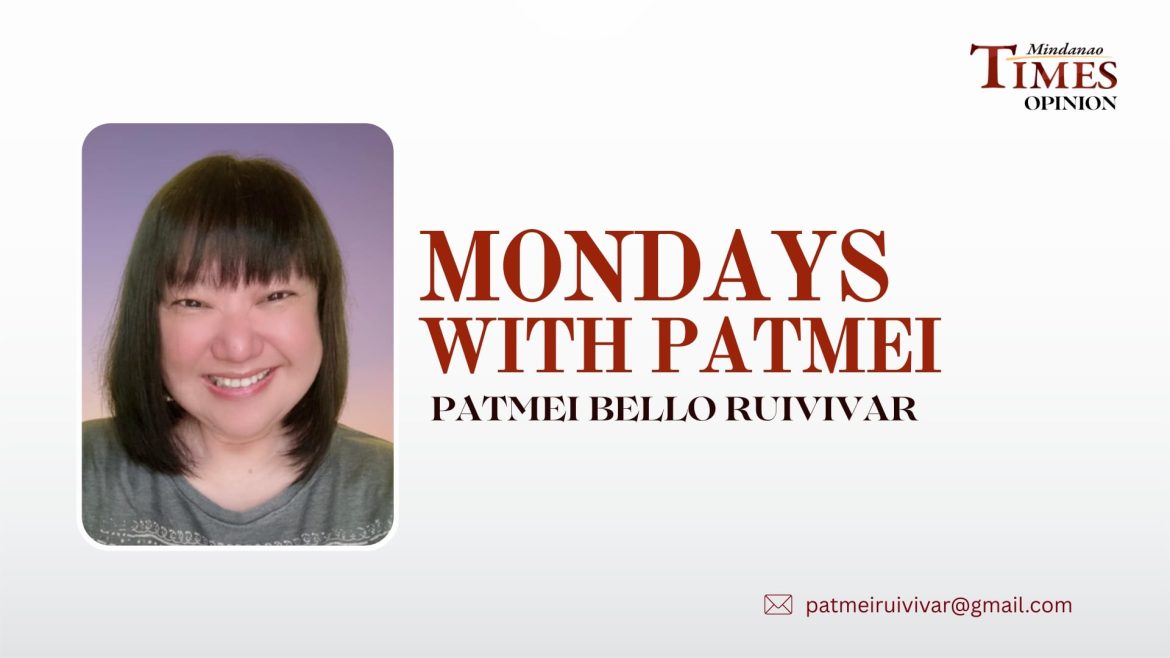October is also National Indigenous Peoples Month in the Philippines. President Gloria Macapagal-Arroyo issued Presidential Proclamation No. 1906 on October 5, 2009 in recognition of the cultural heritage, traditions, and contributions of the country’s Indigenous Cultural Communities (ICCs).
This proclamation is anchored on Republic Act 8371 otherwise known as the Indigenous Peoples’ Rights Act of 1997 (IPRA law). This month-long celebration is being led by the National Commission on Indigenous Peoples (NCIP), an agency created by the IPRA law that is mandated to safeguard the rights and well-being of ICCs and IPs.
Along with the NCIP, the National Commission for Culture and the Arts (NCCA) is also tasked to spearhead the celebration as part of its mandate to “encourage the continuing and balanced development of a pluralistic culture by the people; conserve and promote the nation’s historical cultural heritage; and ensure the widest dissemination of artistic and cultural products among the greatest number across the country and overseas for their appreciation and enjoyment.”
The NCCA Sub-commission on Cultural Communities and Traditional Arts (SCCTA) plans, coordinates and implements the program of activities and events within the country and outside.
The theme for this year’s celebration is “Weaving Culture, Enriching Future: Empowering Indigenous Communities as Bedrock of Sustainable Development.”
Indeed, our indigenous communities are essential to achieving sustainable development. They act as guardians of global biodiversity and hold vital knowledge for resilience.
Their contributions to sustainability are deep-rooted and multifaceted, stemming from their unique relationships with their lands.
Indigenous Peoples manage or have tenure rights over a quarter of the world’s land surface, which accounts for an estimated 80 percent of the world’s biodiversity. Their ancestral lands include nearly half of the planet’s protected areas and over half of its remaining intact forests.
Their traditional knowledge systems, developed over millennia, offer sustainable solutions for health, agriculture, and environmental management. A 2025 UNESCO publication, “Indigenous Knowledge, Ancestral Places,” compiles testimonials showing how Indigenous Peoples use ancestral knowledge and careful observation to address modern challenges like climate change and biodiversity loss, safeguarding species, lands, and waters.
Indigenous practices are increasingly recognized as aligning with and contributing to the UN Sustainable Development Goals (SDGs), particularly in areas of health, reducing inequalities, and climate action.
However, despite their critical role. Indigenous Peoples face significant challenges, including systematic exclusion from decision-making and the threat of climate change.
A central issue is their frequent exclusion from decisions that directly affect their lands, territories, and futures. Their right to Free, Prior, and Informed Consent (FPIC) is often not respected, leading to development projects being imposed on them and resulting in displacement and further marginalization.
While comprising only 6.2 percent of the global population, Indigenous Peoples account for 18.2 percent of those living in extreme poverty worldwide, according to a World Bank report.
They also suffer disproportionate climate impacts and unjust transitions. The transition to low-carbon economies can reproduce injustices if not managed inclusively, as new infrastructure for technologies like artificial intelligence (AI) can exacerbate environmental degradation on their lands. There is a strong global call for a “Just Transition” that guarantees their full participation and respects their rights.
The threat of loss of land and cultural heritage is very real. Development policies and projects, particularly extractive industries, continue to threaten their territories, which are inextricably linked to their cultural survival.
There is also a significant gap in data disaggregation for Indigenous Peoples, which undermines accurate and inclusive monitoring of the SDGs and can render their needs and contributions invisible in official reports.
In the Philippines, data on Indigenous Peoples vary. According to Minority Rights Group, there are close to 100 indigenous communities, exclusive of Muslim groups. NCIP estimates that there are approximately 11.3 million Indigenous Peoples in the country, which is around 11-12 percent of the population. However, some civil society groups suggest they may comprise between 10 and 20 percent of the total Philippine population.
There are some notable projects in the Philippines that promote Indigenous-led sustainability projects. These initiatives range from community-led reforestation and carbon credit partnerships to sustainable agriculture and youth-led cultural preservation.
However, these initiatives continue to face significant challenges caused by external pressures and internal divisions.
For one, indigenous lands face ongoing threats from illegal logging, mining, and large-scale development projects. These external pressures can create internal divisions within communities, as some members may be tempted by short-term financial offers from corporations or the government.
There is also the challenge of what they call “NGOization” where nongovernmental organizations (NGOs) may co-opt indigenous movements using their indigenous knowledge while marginalizing the communities, prioritizing donor agendas over local autonomy and decision-making.
For partnership agreements with indigenous communities, questions about the fair distribution of future revenues and whether the community will retain full control over the funds and project direction in the long term.
These are but some of the issues that NCIP must seriously find just and sustainable solutions to. Otherwise celebrating National Indigenous Peoples Month will just be another one of those things we do “for compliance.”
Celebrating Indigenous Peoples Month is an active commitment to building a more just, inclusive, and sustainable future. It is a time for non-indigenous people to listen, learn, and become better allies, and for indigenous people to see their identities reflected with pride in the broader society. It should be beyond one month of performance and become a year-round of respect, partnership, and action.



